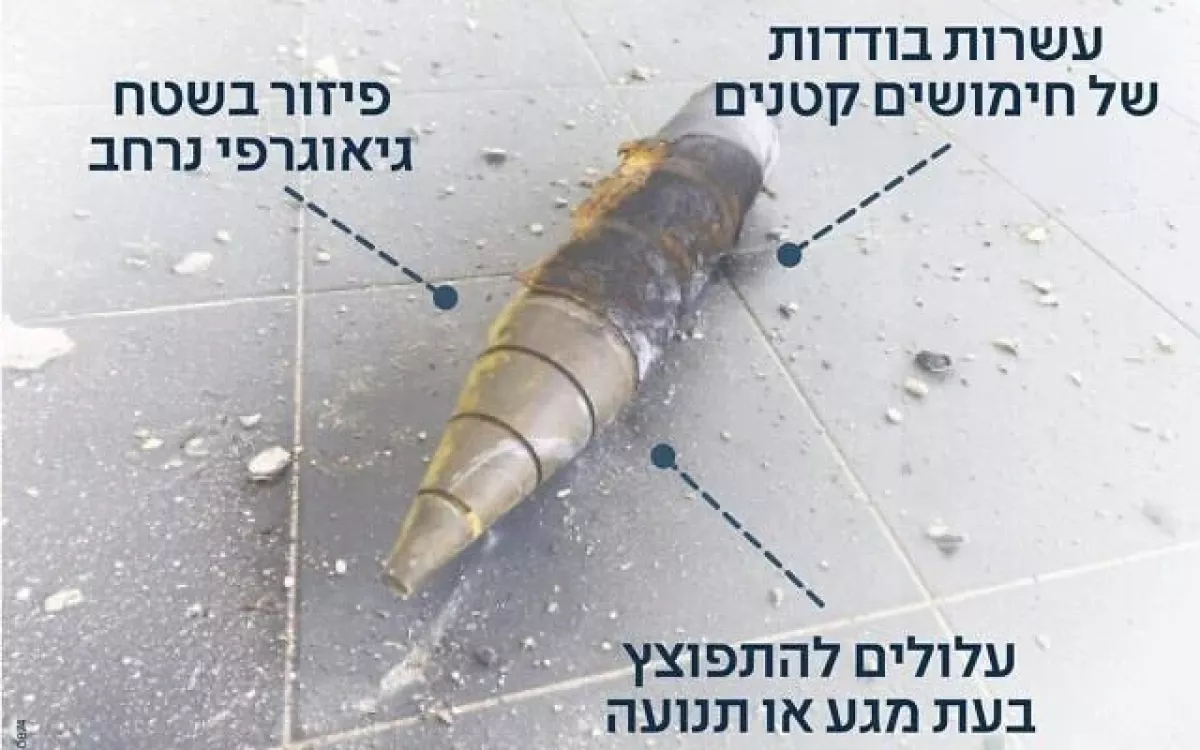Israel faces new challenge as Iran deploys advanced multi-submunition missile PHOTO/VIDEO
On June 19, Iran deployed a new medium-range ballistic missile against Israel for the first time, marking a significant development in the ongoing conflict.
According to Defense Express, the missile used in the morning strike on June 19 stands out due to its unusual warhead design. Unlike traditional missiles with a single warhead block, this one carries around 20 submunitions, which disperse over a wide area.
The missile struck the city of Azor near Tel Aviv, demonstrating this weapon's debut in combat. Israeli military officials reported that each submunition contains roughly 2.5 kilograms of explosives. The warhead releases these submunitions at an altitude of about 7 kilometres, scattering them over a radius of up to 8 kilometres.
While the exact missile model remains unconfirmed, experts speculate it could be the Khorramshahr-4 (also known as Kheibar). Israel has referred to the warhead as a cluster bomb, but its design more closely resembles a separable warhead, a type of payload commonly used on ballistic missiles to evade interception and strike multiple targets simultaneously.

Similar concepts appear in Russian medium-range Oreshnik missiles and intercontinental ballistic missiles equipped with MIRV (Multiple Independently Targetable Reentry Vehicle) technology. However, the Iranian version likely employs a simpler MRV system, releasing unguided submunitions at a relatively low altitude of 7-8 kilometres.
To effectively counter this threat, missile defence systems like Israel’s Arrow-3 or the American THAAD must intercept the missile before the warheads separate. If the missile detonates over a populated area, the dispersed submunitions will fall across the urban landscape, causing widespread damage.
This new missile introduces a more complex challenge for Israel’s defences, potentially increasing the scale and impact of future attacks.
By Tamilla Hasanova








